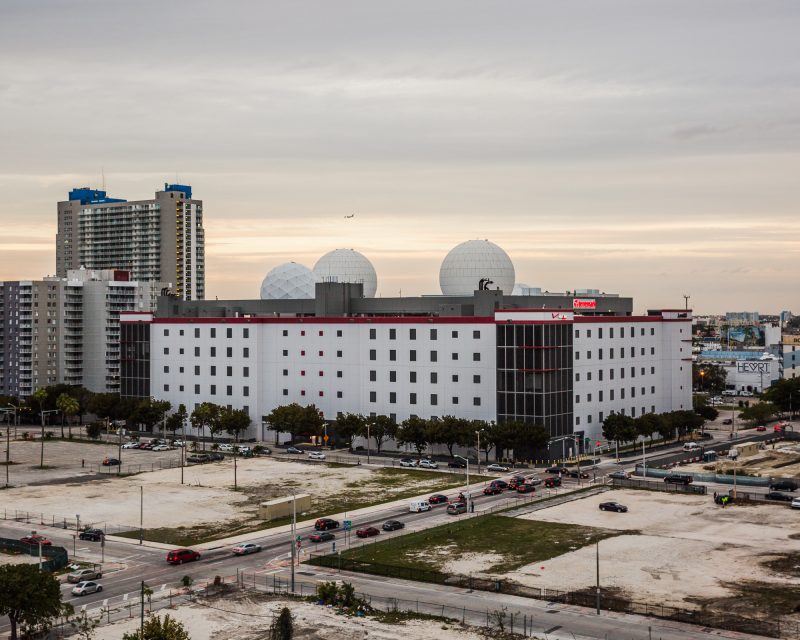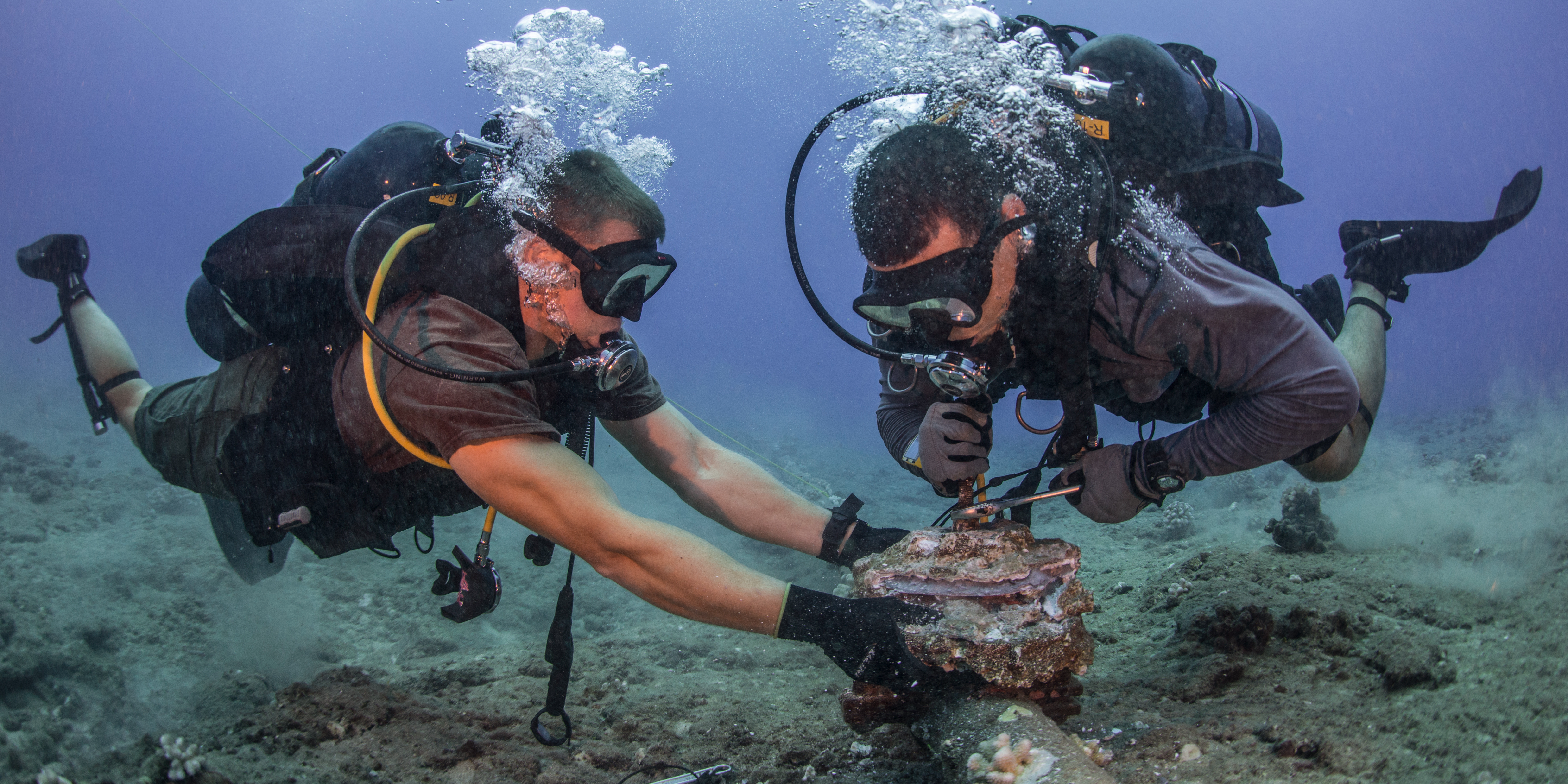Every second, millions of emails, clicks, and searches happen via the world wide web with such fluidity that the internet seems almost omnipresent. As such, people often mistakenly assume that internet traffic happens by air – our mobile devices, after all, aren’t wired to anything.
But satellites carry less than 1% of human interactions, and in some ways the truth is far more impressive than messages sent by tower signal.
The internet – arguably the most important resource in the modern world – is very tangible and fairly vulnerable. It exists in large part under our feet, by way of an intricate system of rope-thin underwater and underground cables hooked to giant data storage units so powerful, they’re capable of recalling any piece of information at a moment’s notice.
Here’s what the infrastructure of the internet actually looks like today:
In the most basic sense, the internet's job is to carry information from point A to point B.

Those points are IP addresses - the unique codes that identify locations around the world - and they're what your devices are linked to when you're connected to the internet. Curious what yours is? If you type "My IP address" into Google, the search engine will bring it up.
As it travels, any information transferred over the web arrives at internet data servers, which live in data centers around the world. In 2008, an estimated 9.5 trillion gigabytes passed in and out of the world's servers — but more on those later.
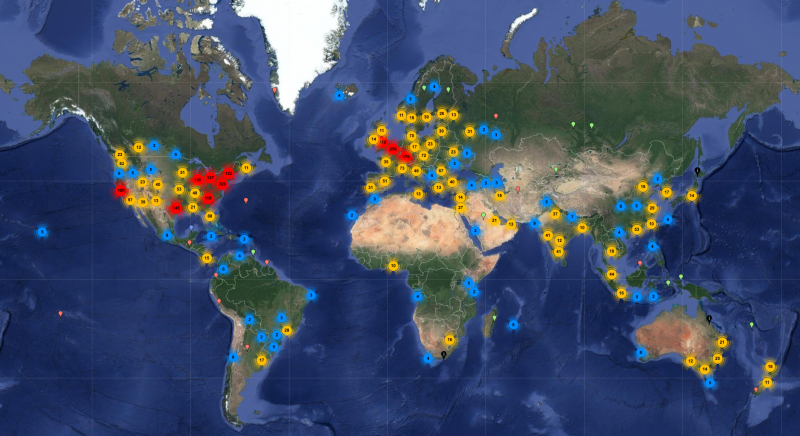
Moving information to and from servers often involves crossing oceans. We rely almost entirely on cables for internet traffic because they're faster and cheaper than satellites, but laying them across bodies of water is a tedious process that's taken almost 200 years and requires a lot of maintenance.

To get the internet to what it is today, humans have slowly laid over 300 underwater cables that run a total of 550,000 miles.
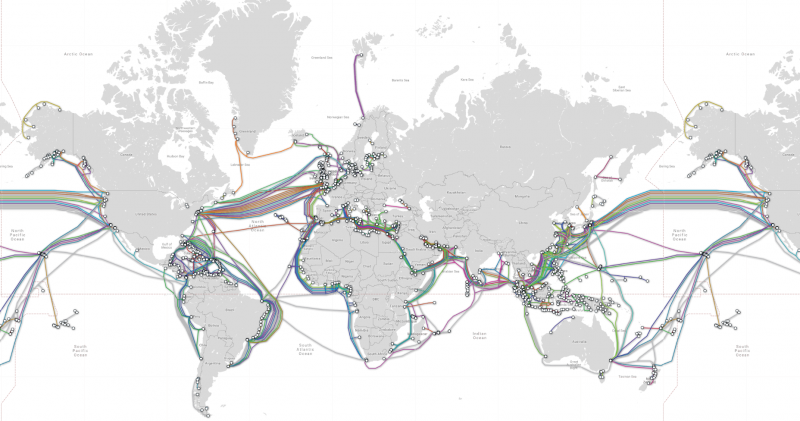
About 97% of all intercontinental data is transferred through these cables, according to the Asia-Pacific Economic Cooperation forum.
If the world's underwater cables were laid out end-to-end, the cables could extend from here to the moon and back again, and then wrap around the earth's widest point almost three times.

The longest cable is about 24,000 miles long. It extends from Germany to Korea and even further south to Australia, hitting 39 different landing points along the way.
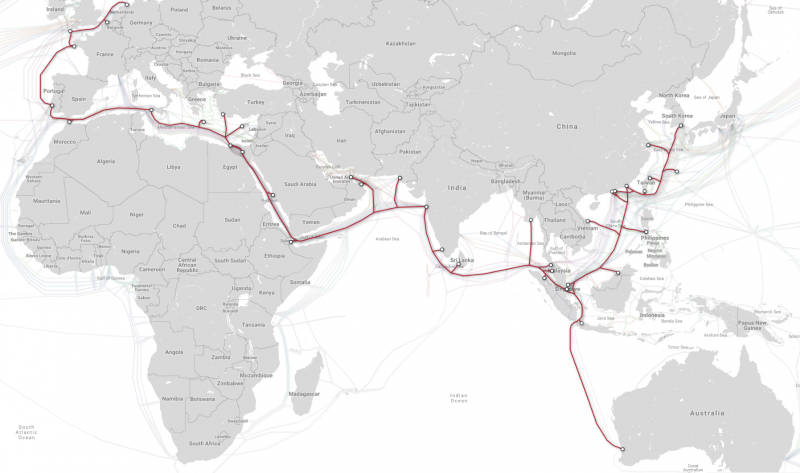
The first transcontinental cable was laid down in 1858, and ran from Ireland to Newfoundland.
There are a few different types of cables used underwater, ranging in thickness from a garden hose to about three inches in diameter. The lightest (far right) are laid primarily in the deep ocean floor.
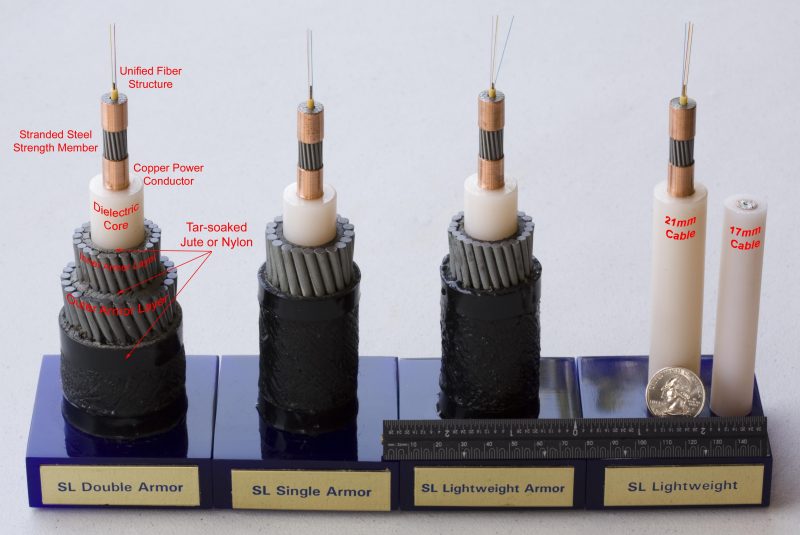
At the heart of the cables are the fiber optic wires that transmit information, protected by water-resistant petroleum jelly and layers of stranded metal.
Laying each cable down requires several months, millions of dollars, and a very large ship with miles of cable coiled up onboard.
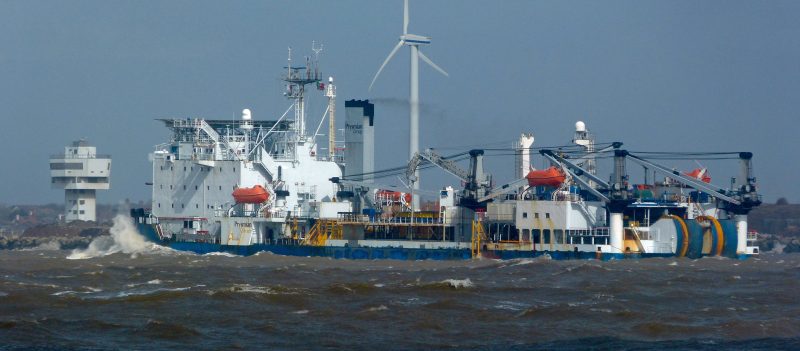
Some cables are laid as deep as 25,000 feet below the surface of the ocean, meaning they're subject to damage from natural disasters, corrosion, fishers, and even shark bites.
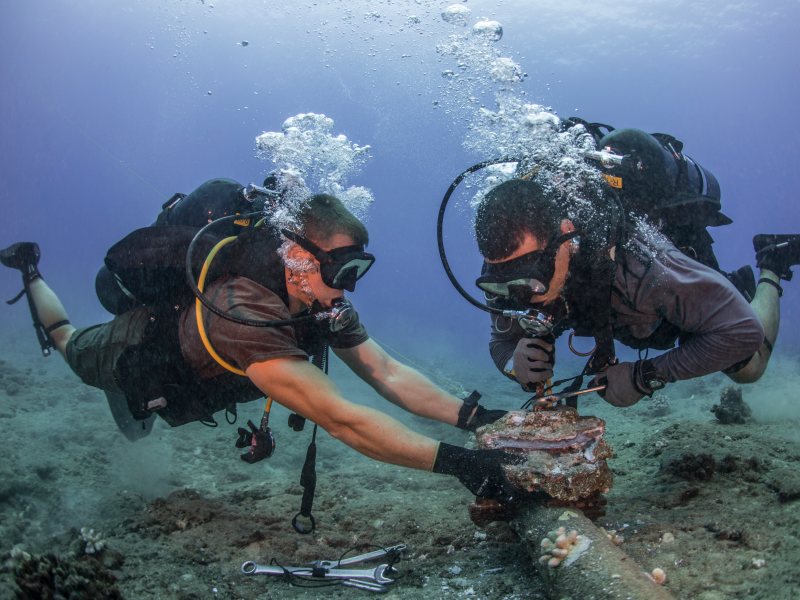
Break repairs are handled by special ships with small hooks that pull the cable up or cut it in two and bring both halves up for mending. At least 50 cable breaks a year happen in the Atlantic alone, according to MIT Tech Review.
The cables come back to shore at cable landing points and make their way to data centers by traveling underground. Maintenance and planning for underground cables is easier than underwater cables in some ways (like the fact that they don't have to deal with shark bites) but still challenging in other ways.

In the US, there are 542 cables (depicted by the yellow lines) connecting at 273 different points (depicted by the blue squares).
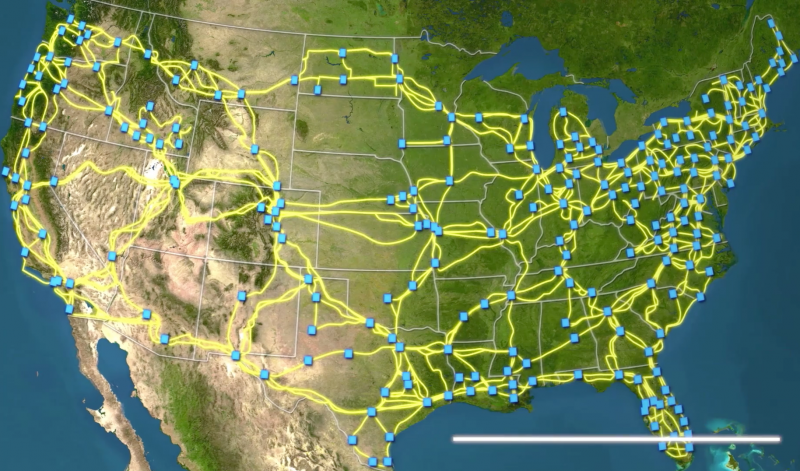
The first publicly available map of the US's cable network wasn't available until 2015. It took Paul Barford and his team of researchers almost four years to pull it together.
The ecosystem of cables depends largely on the country's infrastructure. In the US, for example, most of the long-haul cables are located along major roads and railways.
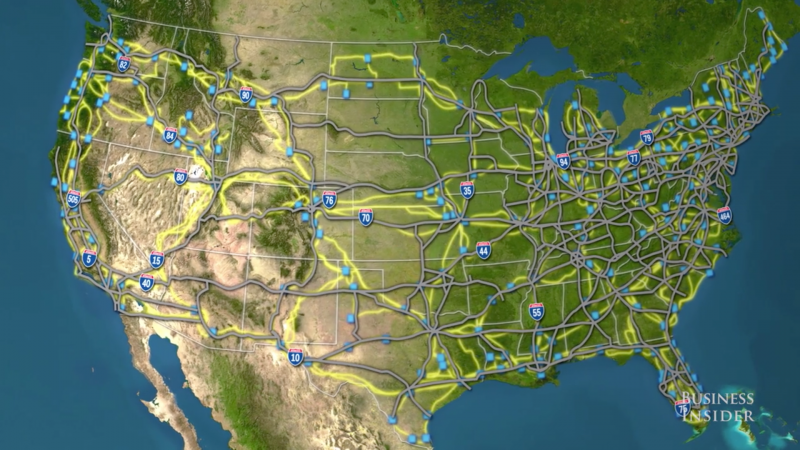
For cables under dry land, construction is a big concern. To prevent the cables from being dug up, they're laid alongside gas pipes or inside old pipelines, with aboveground markers along the way.
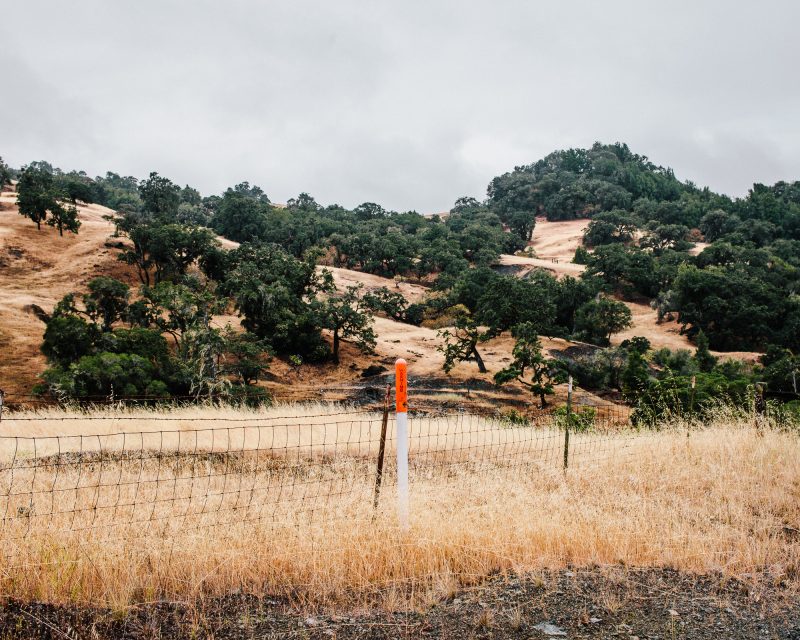
Similar to underwater cables, cables in dry ground are subject to damage from natural disasters, like earthquakes.
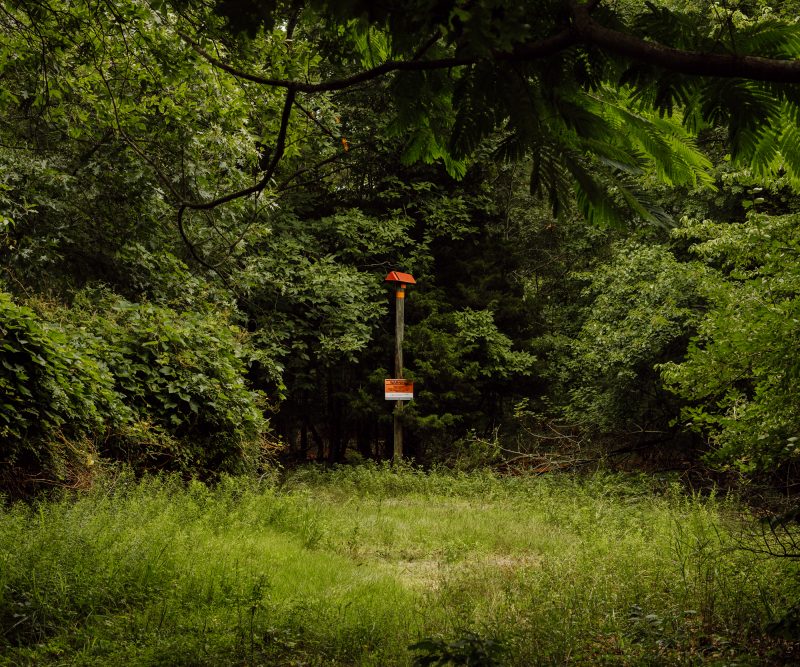
The cables eventually reach the aforementioned data centers, and navigate to the machine servers.
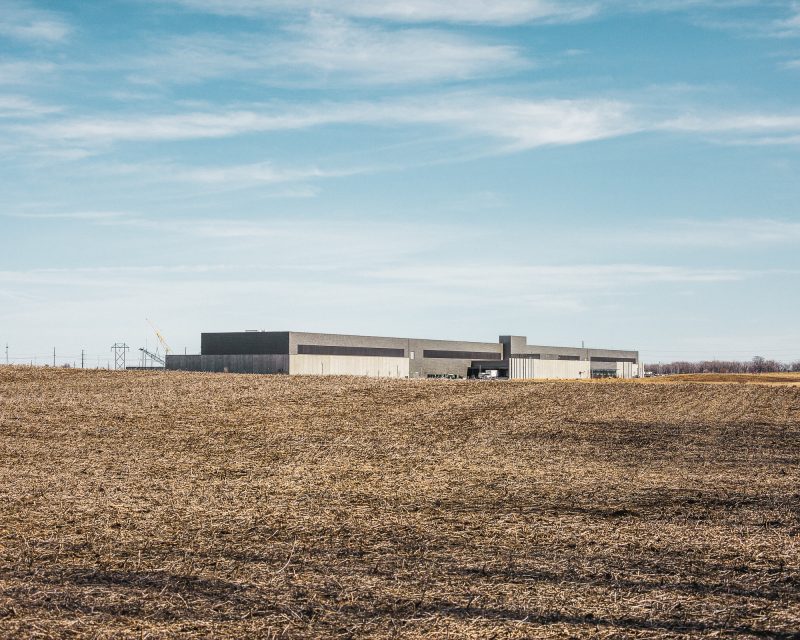
These are typically unmarked buildings located in both rural areas far outside of city limits...
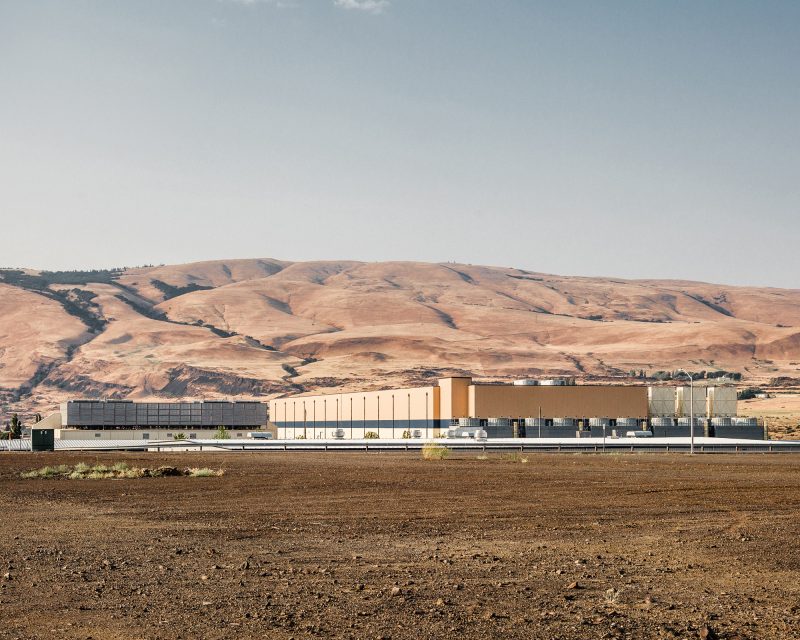
...and in buildings within highly populated cities, hidden in plain sight.

In fact, one of the world's most concentrated hubs in terms of internet connectivity is located in lower Manhattan at 60 Hudson Street.
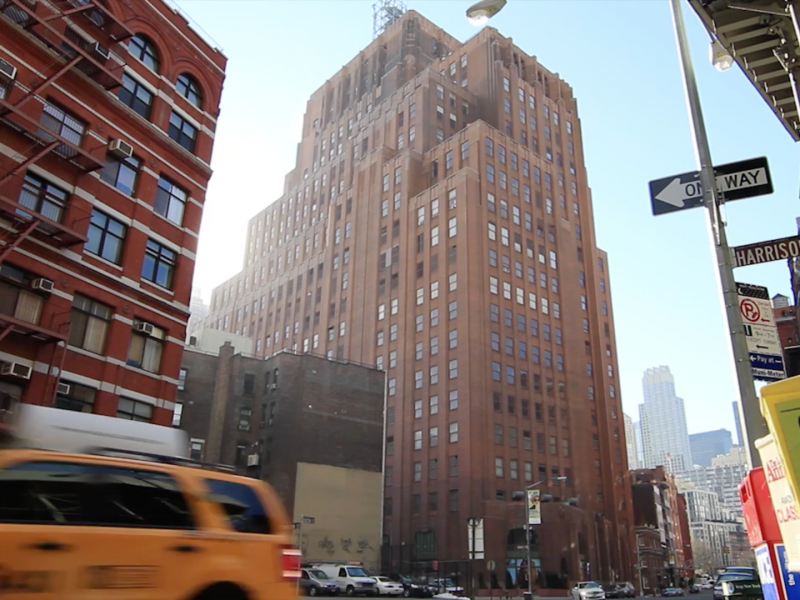
A company called Telx operates out of the 9th floor, where local, national, and global channels come together to transmit data.
And there are two other major hubs in New York, located at 111 Eighth Avenue — the old Port Authority building that Google recently purchased for $1.9 billion — and 32 Avenue of the Americas.

Each data center consumes massive amounts of energy. Apple recently built two 100-acre solar energy installations to help power its North Carolina data center, which requires 20 megawatts of power at full capacity. That's enough to power a little over 3,000 homes.
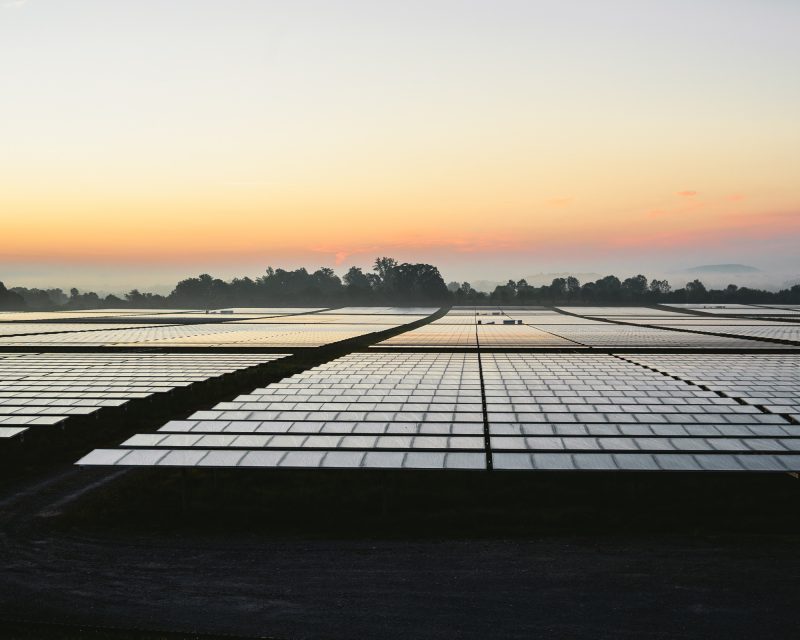
Pretty high-maintenance, but necessary.
They're filled with "deafeningly noisy rooms cocooning racks of servers and routers," where you're "buffeted by hot and cold air that blusters through everything," according to designer and artist Timo Arnall who documented a large European data center called Telefónica.
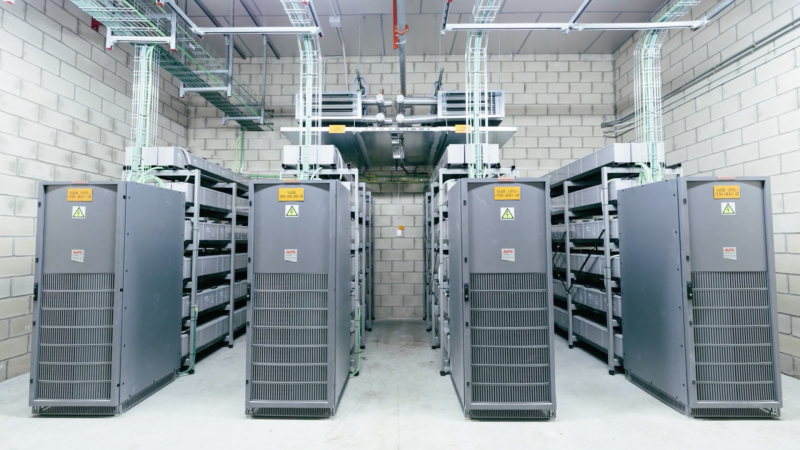
The ceilings have to be 12 to 14 feet high to support rising heat from the servers. Philadelphia Internet Exchange's ceilings, for example, has 12-foot ceilings.

If that doesn't sound like a place you want to spend your time, keep in mind that you don't really have a choice: data centers are very difficult to get into. The bigger data centers like Telefónica have "security far higher than any airport," said Arnall, who had to get special permission.
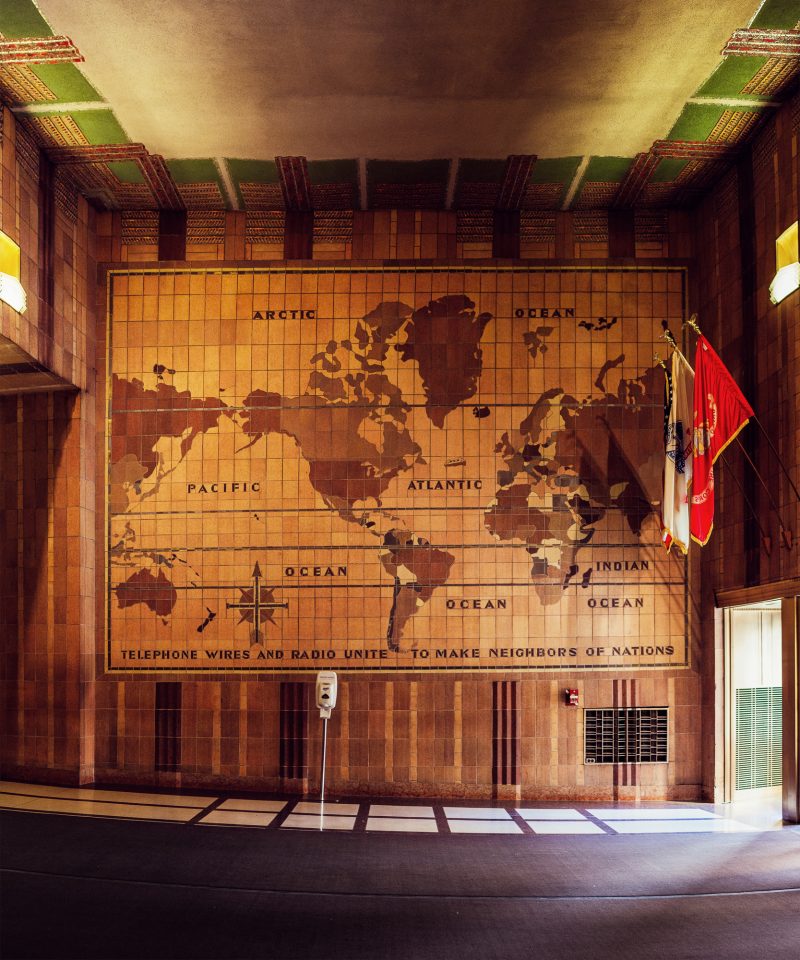
From the outside, these unassuming buildings serve as the most glaring proof we have that the internet is more physical than we think.

A constant aboveground reminder of everything it takes to keep the world wide web afloat.
